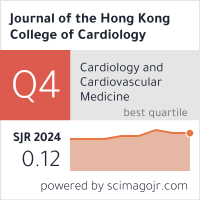Abstract
Rupture of an atherosclerotic plaque has become the most important mechanism leading to acute coronary syndrome. A plaque that is prone to rupture has certain characteristic structural, cellular and molecular features, all of which indicate a state of active inflammation within the plaque. The vulnerability of a plaque to rupturing is related to multiple factors including chronic inflammation or infection, oxidative stress, and mechanical and haemodynamic stresses. Once a plaque ruptures, thrombus formation occurs, which can be occlusive or non-occlusive, depending on the thrombogenic and haemodynamic factors. Plaque stabilization is a concept of how to prevent plaque rupture. Lipid-lowering drugs have been investigated and found to have various stabilizing effects including change of plaque composition, improvement in endothelial function, and benefit in thrombosis and fibrinolysis. Other therapies also play their own roles, but are less studied. Major clinical trials on lipid-lowering drugs, especially those published recently, have given important support to this concept. We are going to see in the near future further advances in the understanding, detection and treatment of plaque rupture.
Recommended Citation
Albert Wai-Suen Leung, Plaque Rupture and Stabilization in Coronary Artery: Current Concepts and Therapeutic Implications Journal of the Hong Kong College of Cardiology 2001;9(2) https://doi.org/10.55503/2790-6744.1163
Creative Commons License

This work is licensed under a Creative Commons Attribution-Noncommercial-No Derivative Works 4.0 License.



